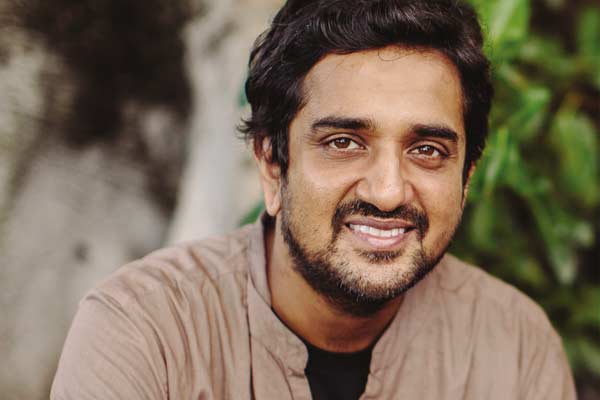Ashwin Segkar explores the differences between the east and the west in an insightful show called 'Bloodbooks'.
Ashwin grew up between both cultures and will present ideas from them on the periphery of everyday life. It's a thoughtful meeting of east and west set in the haunting ambience of an old church.
Here, Ashwin breaks down five Indian things you might – until now – have been unfamiliar with.
Duelling Rhythms
While much of western music is based on a single metre (usually four beats or three beats), in India, there was a tradition of having two beats simultaneously in a song like fighting siblings. They’d make peace every 30 beats or so and then be back at it again. The culture always had a lot of religions and languages trying to co-exist, so beat-fighting songs made sense.Herbal Enemas
In Ayurveda, one of the traditions called panchakarma involves getting a herbal potion in your rectum. It’s a cleansing ritual that might not have any modern medical benefits. Some doctors have even written that it’s dangerous, but it’s something you can tell your friends about when there’s a lull in the conversation.Monotheism
Every Hindu gets asked if they believe in millions of Gods, but they see those variations as manifestations of the one divine force. People have their favourite characters though. Hanuman, the Monkey God is especially popular for his exploits in helping humans. In one account, he jumped all the way to Sri Lanka. On another account, he reflects the busy chattering, distracted mind that we need to harness to find our true nature. Either’s cool.Before cricket, Indians were into an ancient form of pole wrestling
Mallakhamb is an acrobatic style of performance performed on an 8 foot pole. It’s a mixture of flexibility, strength and endurance and was a demonstration sport at the 1936 Berlin Olympics. It’s fascinating to watch but requires a lot of castor oil and backflips so is not popular with parents.Rasa
In Indian performance, from music to dance and acting, the aim is to create a certain feeling in the audience known as rasa (which translates as juice). There are eight rasas, from romance, to humour, to sadness and the subtleties of the performance, from costuming to dialogue are designed to create that ambience. There were no stand-up comedians in ancient India so the Sanskrit texts are unclear on how to use rasa of mirth in a tight five. Public panchakarma is one option though.Ashwin Segkar plays Bluestone Church Arts Space from 3-14 April.






